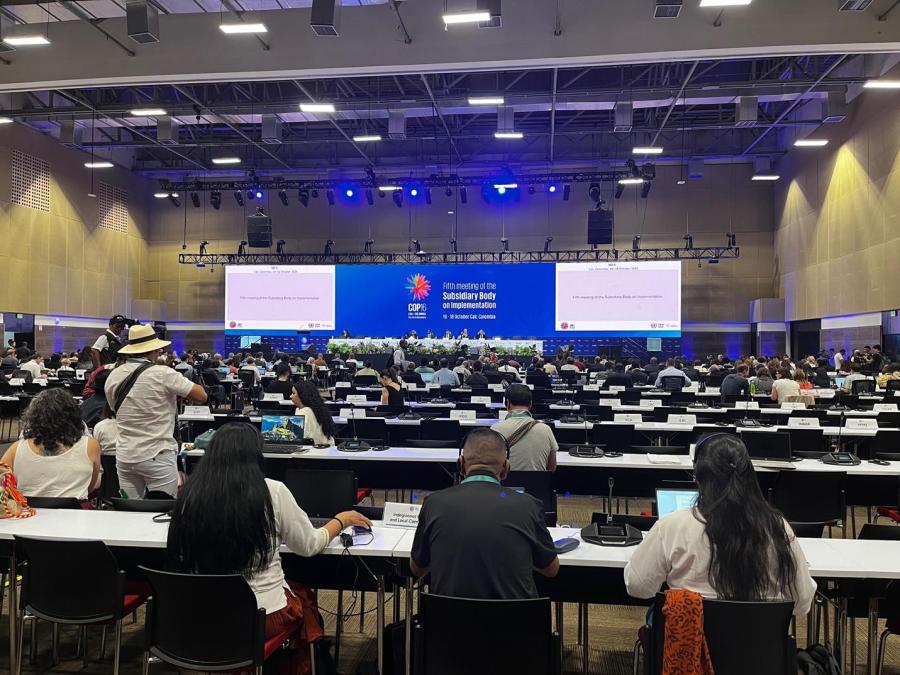By Global IDP Project, Norwegian Refugee CouncilEarthscan Publications 2002 ISBN 1-85383-952-3
One of the great humanitarian challenges is responding to the needs of internally displaced peoples (IDPs). Worldwide, internally displaced people outnumber refugees two to one. AsInternally Displaced People: A Global Survey details in five regional profiles covering 48 countries, more than 25 million people have been displaced by conflict—but remain within the boundaries of their birth nation.
Each year, hundreds of thousands of people are forced from the safety of their homes and compelled to take flight. At short notice, they gather what they can of their belongings and depart for uncertain destinations. Some take shelter with family or friends, while others congregate in camps for security’s sake. Many head for the forests or mountaintops, or other inhospitable terrain, and seek no assistance whatsoever. An untold number die from violence or disease before reaching sanctuary.
In some cases, there is a possibility of return to the home village or community after a short period, for instance when fighting has subsided, but large-scale conflicts necessitate permanent moves and often a journey of great distance to unfamiliar territory or urban fringes. Often IDPs are forced to move repeatedly, and in worst-case scenarios, they are simply dispersed, fleeing without a trace—lost to the world.
The welfare of internally displaced peoples has become the subject of international attention because the governments legally accountable for their care and protection are often unwilling (or unable) to act. In a good number of cases, the governments themselves are the root cause of the displacement. The massive scale of the problem in countries like Angola, with 4.1 million internally displaced peoples, or Sudan, with 4 million IDPs, threatens the security and stability of the whole of Africa.
Intra-state conflicts have multiplied at an alarming rate since the end of the Cold War. In 1970 there were approximately 5 million internally displaced people. In 30 years, this figure has increased five-fold. In Africa alone there are 13.5 million IDPs. Commonly, conflicts center on the secessionist demands for regional autonomy, the persecution of ethnic or religious groups, and struggles for the control of natural resources. External support for one or more of the parties to the conflict often leads to the escalation of hostilities into full-scale civil uprisings and war.
In each of the countries surveyed in this book, the lack of respect for human rights and humanitarian law by security forces or insurgent groups has been the leading cause of conflict-induced displacement of civilians. Indiscriminate attacks, massacres, torture, and other inhuman treatment is the cost of a civilian’s presumed affiliation with the opposing forces. Unfortunately, persecution and marginalization does not cease after the initial displacement, and IDPs are constantly subject to all forms of harm, including extra-judicial executions, rape, torture, abduction, and forced recruitment. Women and children are widely recognized as the most vulnerable IDPs. In Burundi alone, 14,000 children are reported to be under arms, and in many instances, women are forced to sell their goods and even their bodies in order to secure scarce food and other rations. The need for improved protection for IDPs has increasingly become a focus of international attention. The lack of access to war-torn areas where IDPs are in greatest need and the inability of human rights groups to accurately document the atrocities that are taking place or to prevent them is a cause of untold frustration. One of the most shocking cases, for example, is the Democratic Republic of the Congo, where the majority of the 2.5 million war-related deaths from 1998 to 2001 were IDPs and were attributable to malnutrition. Long-term problems of limited access has hampered any possibility of intervention and the implementation of the U.N. Guiding Principles on Internal Displacement. Humanitarian assistance remains intricately linked to politics. Strategically important countries like Afghanistan receive much greater funding per capita than African countries that do not have the same politico-economic importance and the uneven distribution of aid and resources often means that IDPs benefit from far less support than their more visible refugee counterparts.
While this book does not contain any detailed information of return movements, it remains essential reading for anyone interested in conflict-induced displacement, including international donor agencies, advocates and aid workers, researchers, and journalists.



